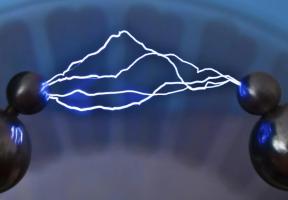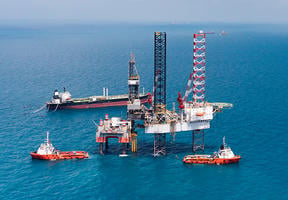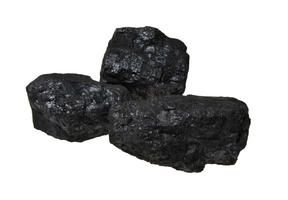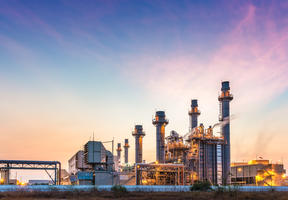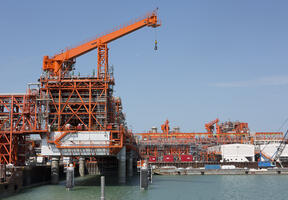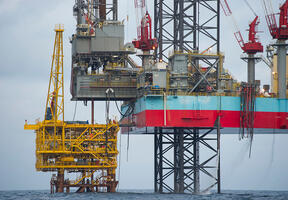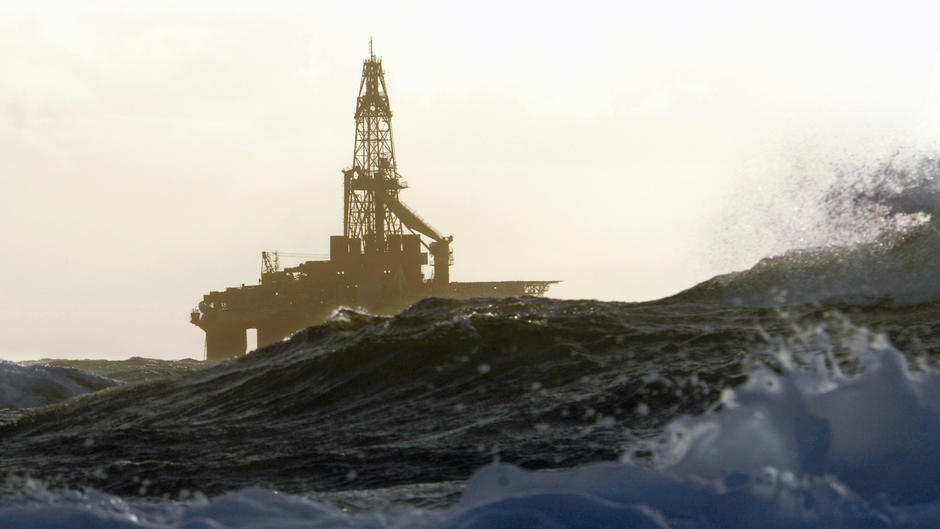
1. Energy Means Adventure in 15 pictures
An oil platform far out at sea, a site in a polar region, a solar farm deep in the desert: harnessing energy is an adventure, a human adventure, experienced as part of a team.
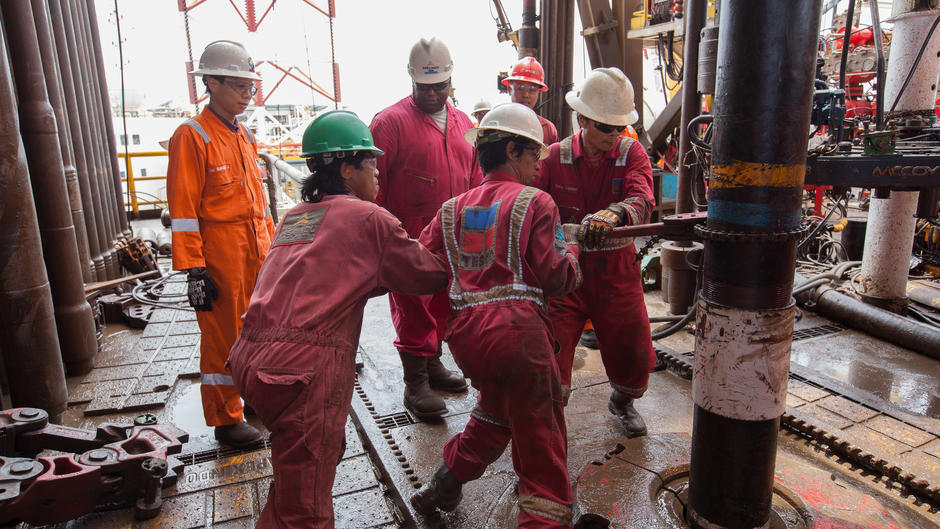
2. Life on an Oil Platform
drilling and production require several weeks of continuous work, followed by equal periods of rest back on solid ground. Working as part of a team and living collectively are a constant reality, as is strict compliance with safety rules. No drinking, no smoking - but salaries are commensurate with effort. This photo shows the Mahakam gas platform in Indonesia.
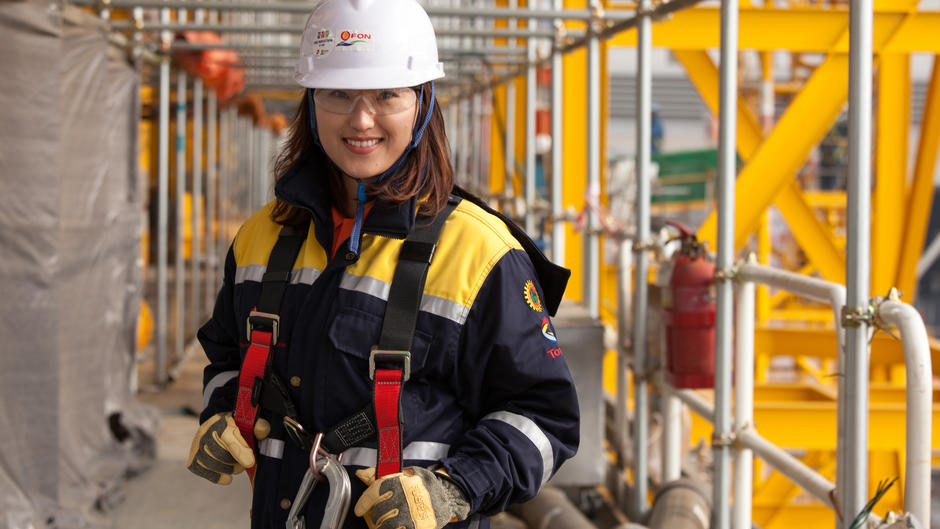
3. Women on an Equal Footing with Men
Despite the harshness of the work, women have their place on oil platforms. Some serve as captain, leading largely male teams. In this photo, a Korean FOP (Field Operation Assistant) on the Ofon field in Nigeria.
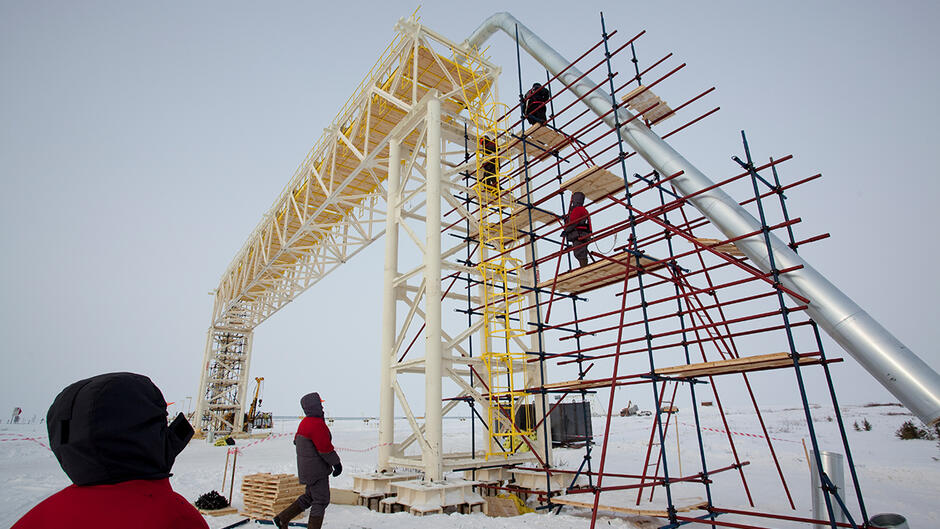
4. Working in Polar Regions...
Battling the cold and extreme weather conditions is part of a technician's job in the production regions of the Far North. In this photo, an insulated pipeline is being laid on Russia's Kharyaga field, 60 km north of the Arctic Circle. This untamed land is inhabited solely by Nenets nomads and workers from international oil companies.
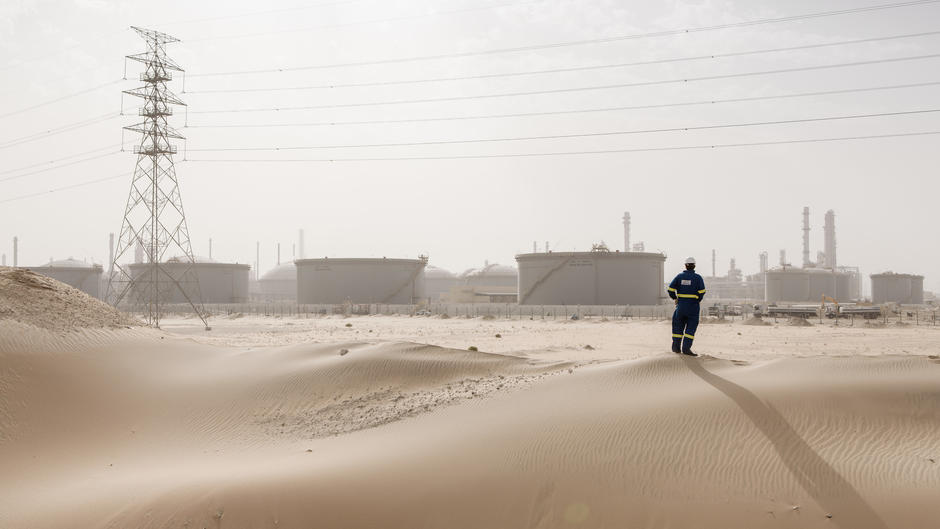
5. ...and Amidst Desert Sands
Around the Jubail refinery in Saudi Arabia, the dunes are snow white under the blinding sun and stretch as far as the eye can see. During activity peaks, 45,000 workers, representing 43 different nationalities, are busily engaged, creating a veritable Tower of Babel - and a medium-sized city where the inhabitants, work, eat and sleep on site.
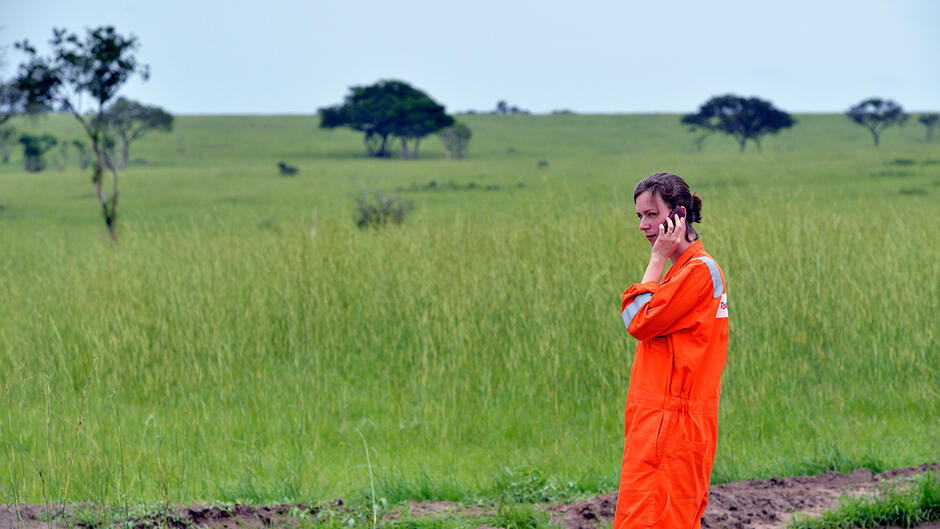
6. Geologists in the Field
The search for resources begins with the work of geologists. They evaluate the overall lie of the land before beginning the highly technical operations of seismic research and analysis of 3D subsurface images. The photo shows a Total geologist in the Uganda savannah.
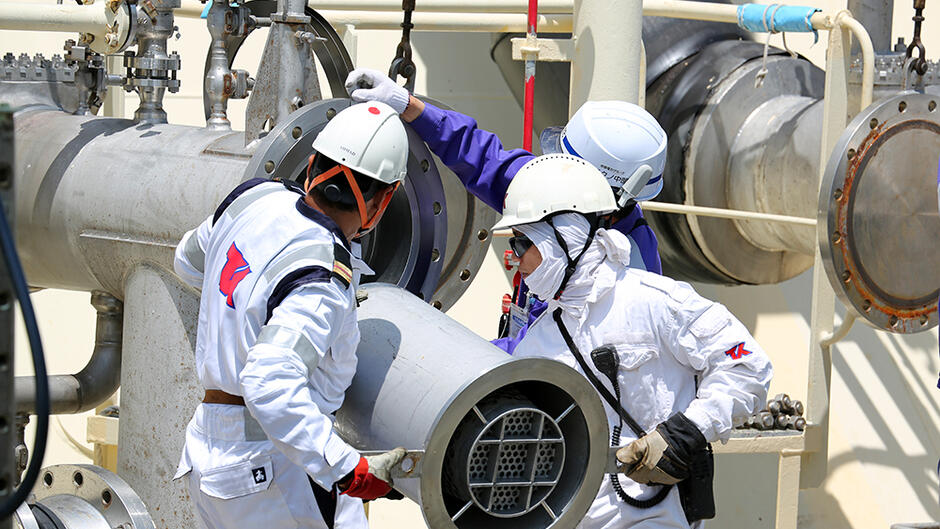
7. On Board Large LNG Carriers
No, they aren't loading a cannon, they are working on the Arwa Spirit which transports at –162°C from its production zone in Yemen to a regasification plant in Japan. The ship is 285 meters long and 43 meters wide.
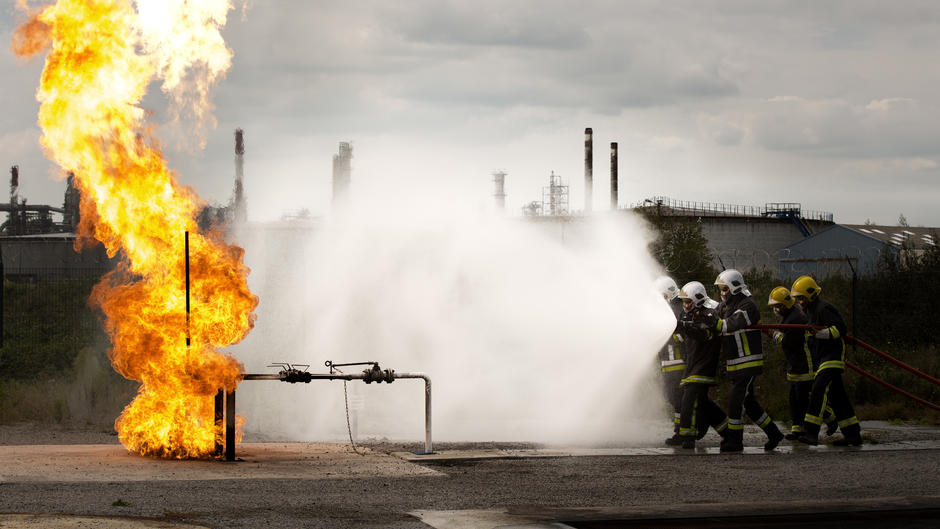
8. Safety, a Critical Issue
At all energy facilities, and especially those handling oil and gas, safety is a constant concern. Teams of engineers and firefighters specialized in accident management are present at all sites. The photo shows a practice exercise at the Donges refinery near Nantes, France, where a valve supposedly on fire is approached in a "turtle" position.
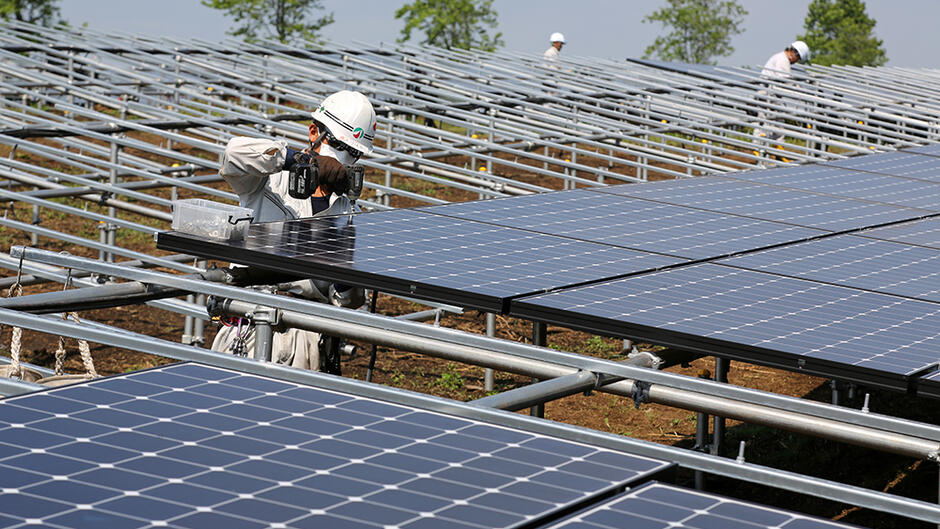
9. Solar Power: Generating a Myriad of New Businesses
Millions of businesses, large and small, high-tech and traditional, have come into being around the world to produce, assemble, install and maintain photovoltaic solar panels, in immense solar farms as well as on the roofs and terraces of individual homes. In 2014, the sector accounted for an estimated 1.5 million direct and indirect jobs worldwide and experienced double-digit annual growth.

10. The Solar Lamp Revolution
A small device consisting of a lamp, a solar panel and a battery has changed the face of aid to poor rural regions, providing them with a means of limited, but self-contained, generation. In the photo a young manager of Total's Awango solar power program gives a demonstration in the Kanbauk village marketplace in Myanmar (formerly Burma).

11. Designers and Solar Panels
Architects and designers can no longer ignore photovoltaic panels, which have become a fundamental element in architecture, and indeed in design and decoration. Tests are even underway to produce panels in various colors and no longer simply in blue or black.
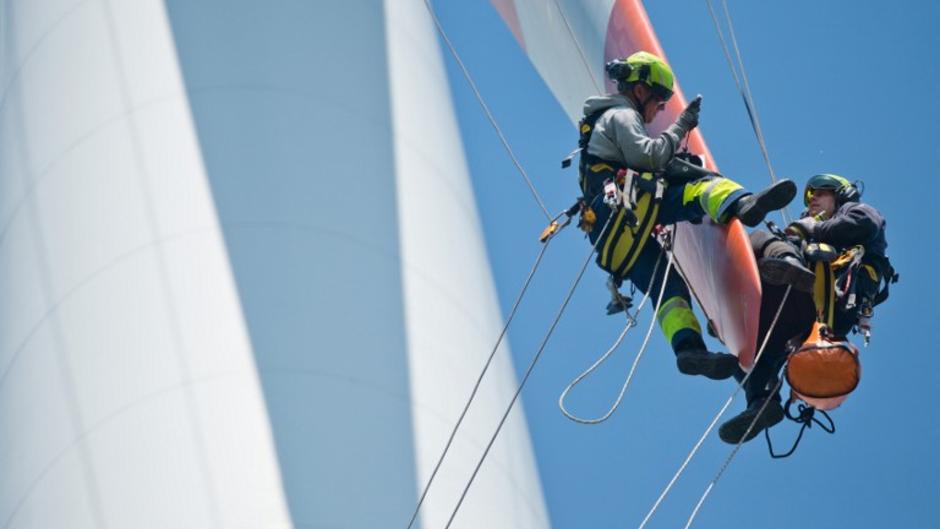
12. Maintenance Operations at 100+ Meter Heights
Maintaining wind turbines is now a well-managed procedure. Technicians attach themselves to the blades or the rotor, at heights of up to 150 meters for the largest structures. Offshore wind turbines present the added challenge of fighting from salt-laden winds and spray.
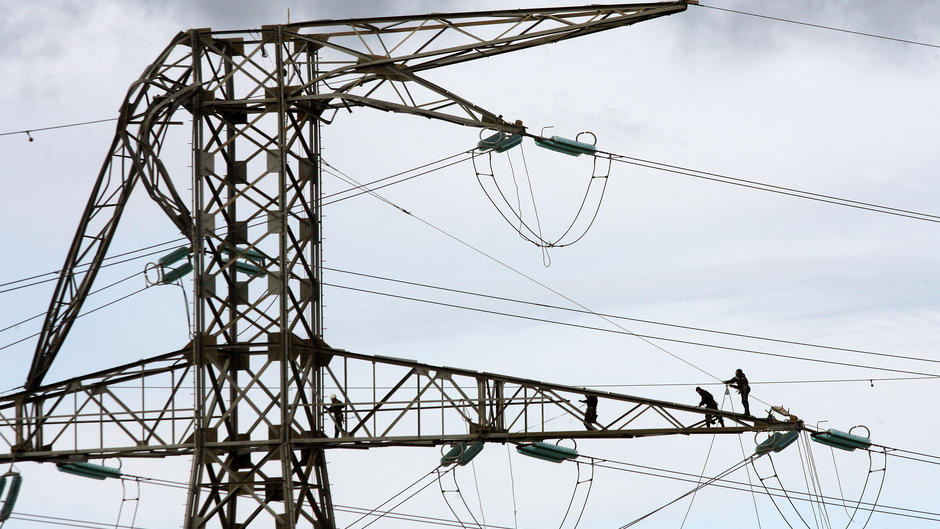
13. A Job with More Than Its Share of Foul Weather
Working on major power grids requires high levels of technical expertise and sophisticated equipment (cranes, helicopters, etc.), particularly in mountainous and difficult-to-access regions. While always necessary, such work becomes urgent and dangerous during periods of storms and natural disasters such as earthquakes.
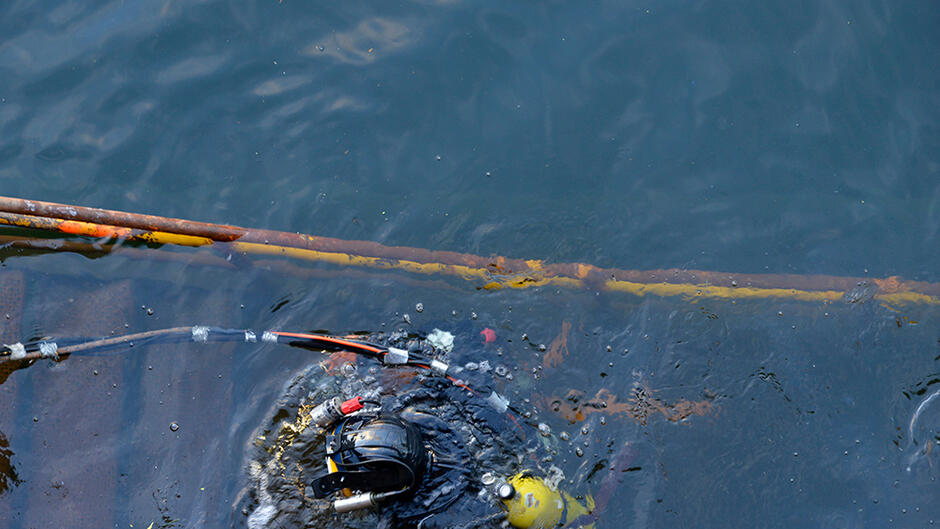
14. Ocean Energies Take Off
Subsea operations are becoming more and more frequent with offshore wind turbines, the laying of subsea flowlines and now, the steady growth in ocean energies. The power of tides, waves, and currents; temperature differences between different depths; and osmotic energy are all highly specialized areas of research that aim to harness the ocean's unlimited energy potential.

15. Working in a Nuclear Power Plant
This picture is actually misleading: workers in the sector only wear such clothing for very specific operations in the plant's reactor building. Otherwise, they wear everyday clothing or light coveralls without helmets. The picture shows a refueling operation underway in the heart of the Angra II reactor 200 km south of Rio de Janeiro, Brazil.
 Our most popular content
Our most popular content
See all
